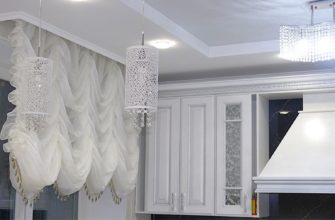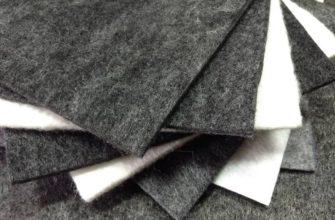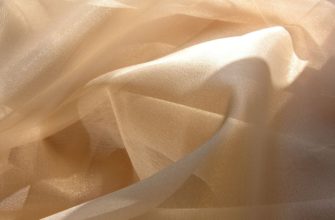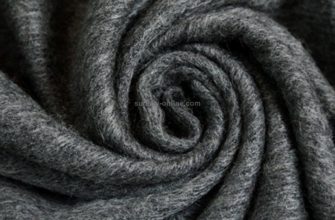What is crepe? It is a fabric, and even different varieties of material, for the production of which different (crepe) weaves are used. The material has a rough texture to the touch and due to the unique production of twisting of threads, this fabric is durable, elastic and pleasant.
Many will be interested in the question of whether it stretches or not? Does it contribute to shrinkage in the product? How to properly care for crepe products? What varieties exist? What kind of fabric is crepe stretch? These and many other questions will be discussed in detail in this article.
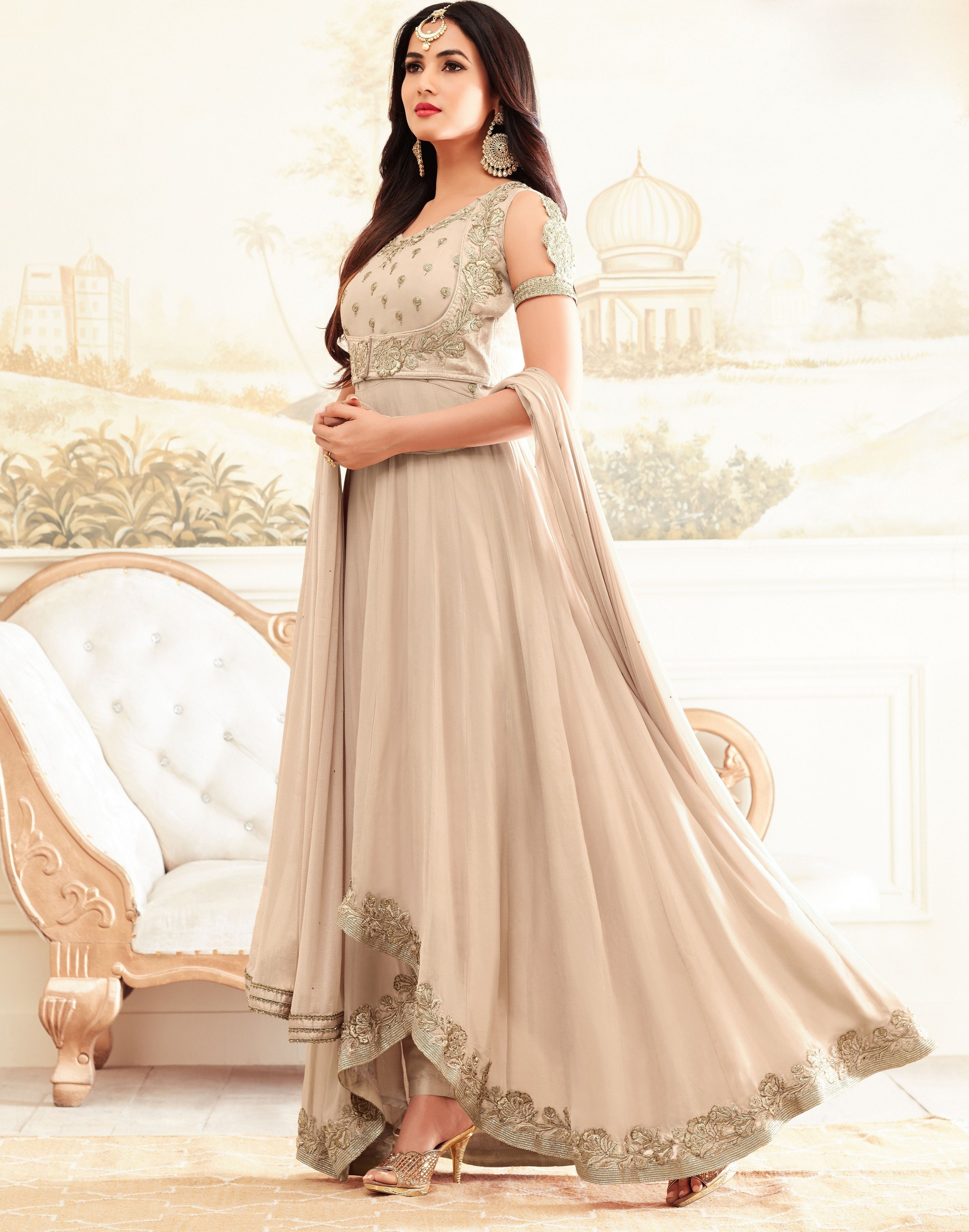
Typical characteristics
The word "crepe" is translated as "rough". As for the question of elasticity, crempunt is not elastic, except for those types that come with the addition of elastane in the base, unlike punt fabric.
Types of material
Modern production presents many types of this material, which have different characteristics and areas of application. Wearing clothes made of crepe is a pleasure: it lets air through, gently caresses the skin, fits well in drapery, looks beautiful and elegant.
Crepun fabric, brief description of varieties:
- Georgette is an elastic and dense fabric, quite heavy, the weight of one square meter is 55-70 g. This type is made from natural raw materials (weaving of raw silk and artificial fibers). Crepe georgette - what kind of fabric is it? Airy, shiny and rough material, it also stretches and crumbles. Crepe georgette material is ideal for creating women's images, also suitable for sewing curtains, drapes and curtains.
- Stretch. Dense fabric, which includes viscose with synthetics, possibly adding polyester. One of the most common types. The name speaks for itself, crepe stretch is more elastic than other types of crepe. Also, stretch is easy to care for and has a low price.
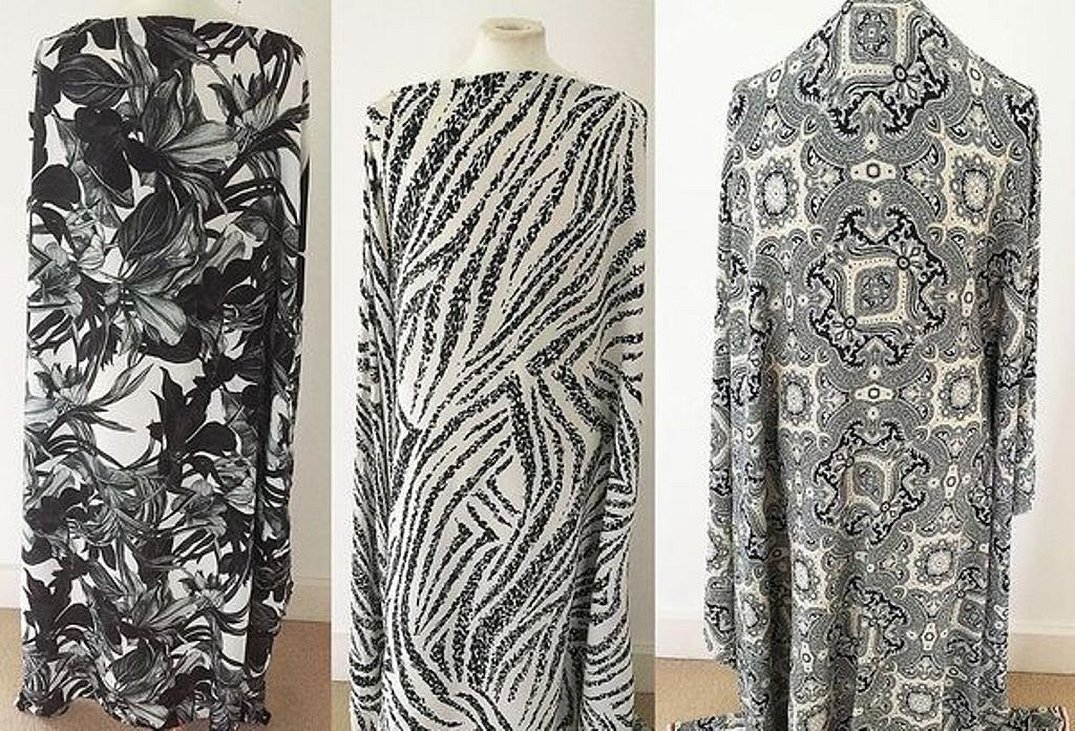
- Crinkle. A thin fabric with a slightly rough texture, lacking elasticity to hold its shape and not stretch things. This type of crepe consists of only 100% natural materials. Crinkle color solutions are multifaceted and often decorated with bright prints. Often used for sewing bed linen.
- Viscose crepe. This material is very similar to cotton, but differs in that it drapes well.
- Marocain. Rep weave, strong twist thread is used in production, natural wool, viscose, silk are used for production. The material is perceived with a pronounced relief structure to the touch. Refers to suit fabric, fits well on the figure, as it stretches slightly.
- Bubble. A type of crepe, synthetic in origin, with a small, bubble-like weave.
- Diving. A completely new variety of this material. Elastic, environmentally friendly fabric containing a minimum amount of synthetic impurities.
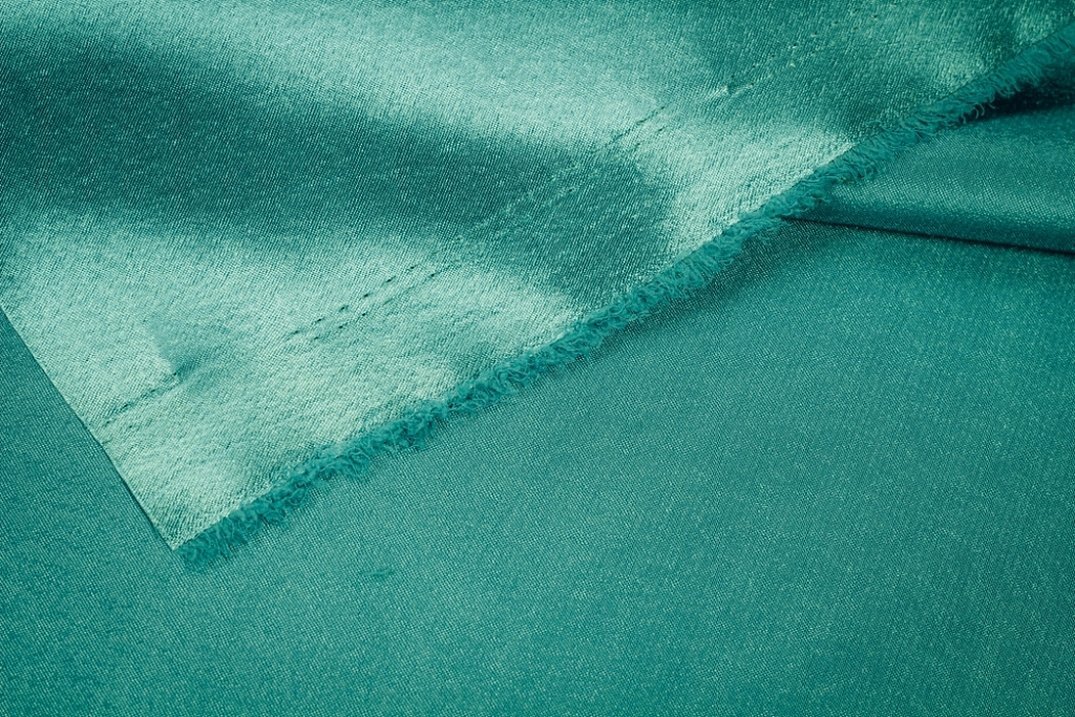
- Chiffon. Airiness and translucency, lightness and relief structure - this distinguishes crepe-chiffon from other types of crepe. Production is carried out on the basis of silk and synthetic fibers. It has a matte surface and is ideal for finishing products, drapery, for creating jabots, cuffs, stoles, pareos.
- Silk (crepe de chine) is dense with a matte, rough surface. Based on natural silk fibers.
- Jacquard is a patterned material based on natural and synthetic fibers and has a denser weave than other types.
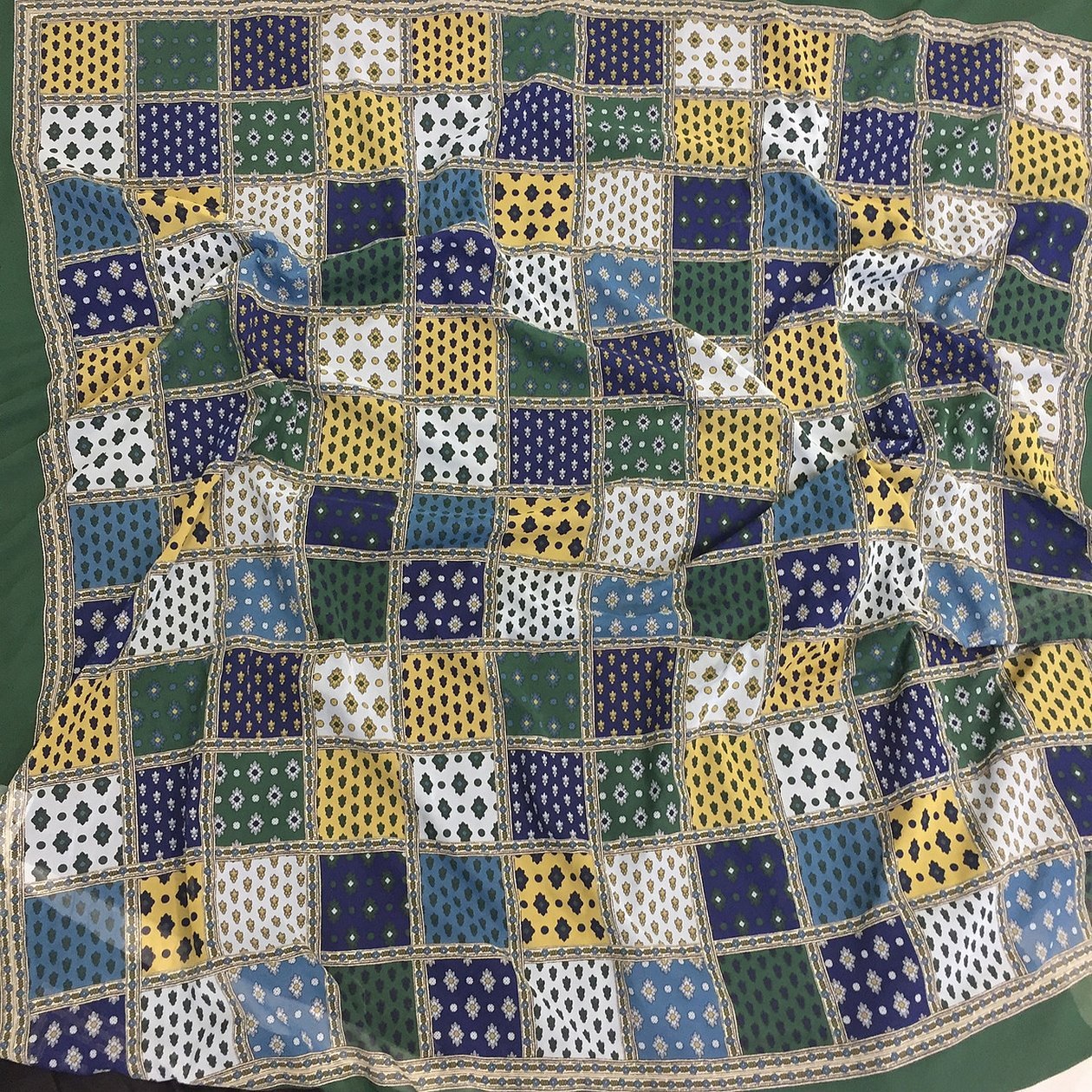
- Satin is a natural material made of silk or synthetics. It is produced using satin weave, which is why the front side is smooth with a satin sheen, and the back side is rough and matte. The product is quite heavy and lends itself well to draping. It is most often used for sewing evening dresses and curtain paraphernalia, as well as upholstery fabric.
- Pleated crepe, belongs to the dress class. It is produced by relief embossing on the canvas, as well as by chemical treatment. During production, wax is applied to the canvas (vertical stripes) and placed in an acid solution, under the influence of which the parts of the material not covered with wax are compressed. With the subsequent removal of the wax layer, pleating is formed. The main advantage is that it does not require ironing. Women's skirts, scarves, shawls, and scarves are sewn from it.
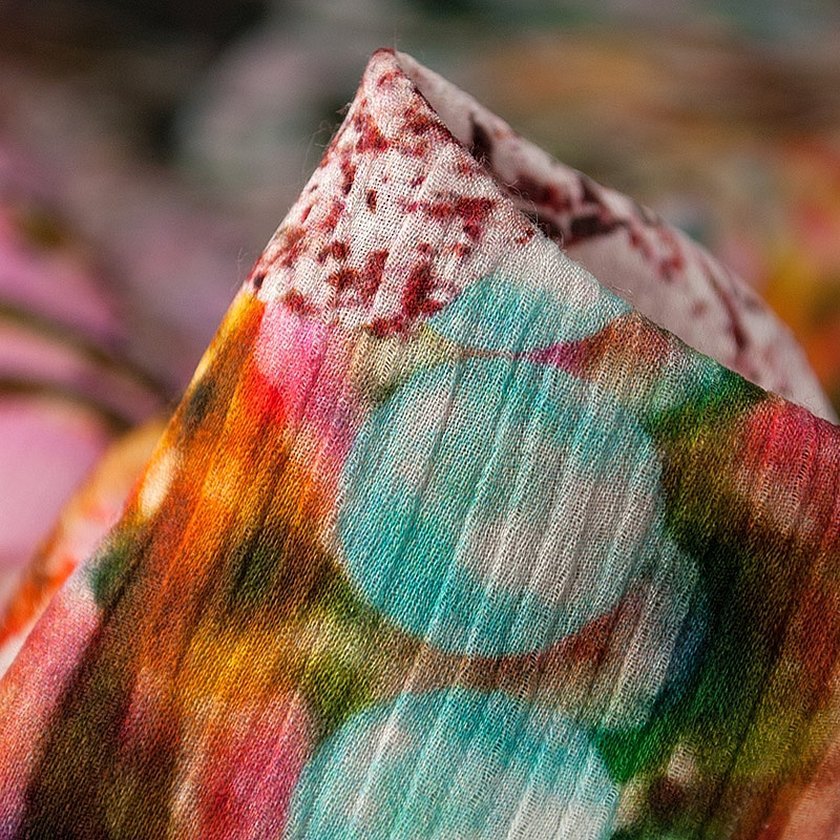
- Crepon (krepun). Semi-woolen and woolen yarn is used for production. Crepun fabric is dense and warm, practical things can be sewn from it: suits, jackets, coats.
- Moss. A translucent material with light shimmering particles. Used for sewing blouses and dresses;
- Rose is a suit fabric, characterized by a relief on the fabric in the form of strokes. It is widely used for sewing children's clothing, trousers, skirts, dresses, T-shirts;
- Knitwear. An artificial material with a well-fitting silhouette, this fabric allows the skin to breathe.
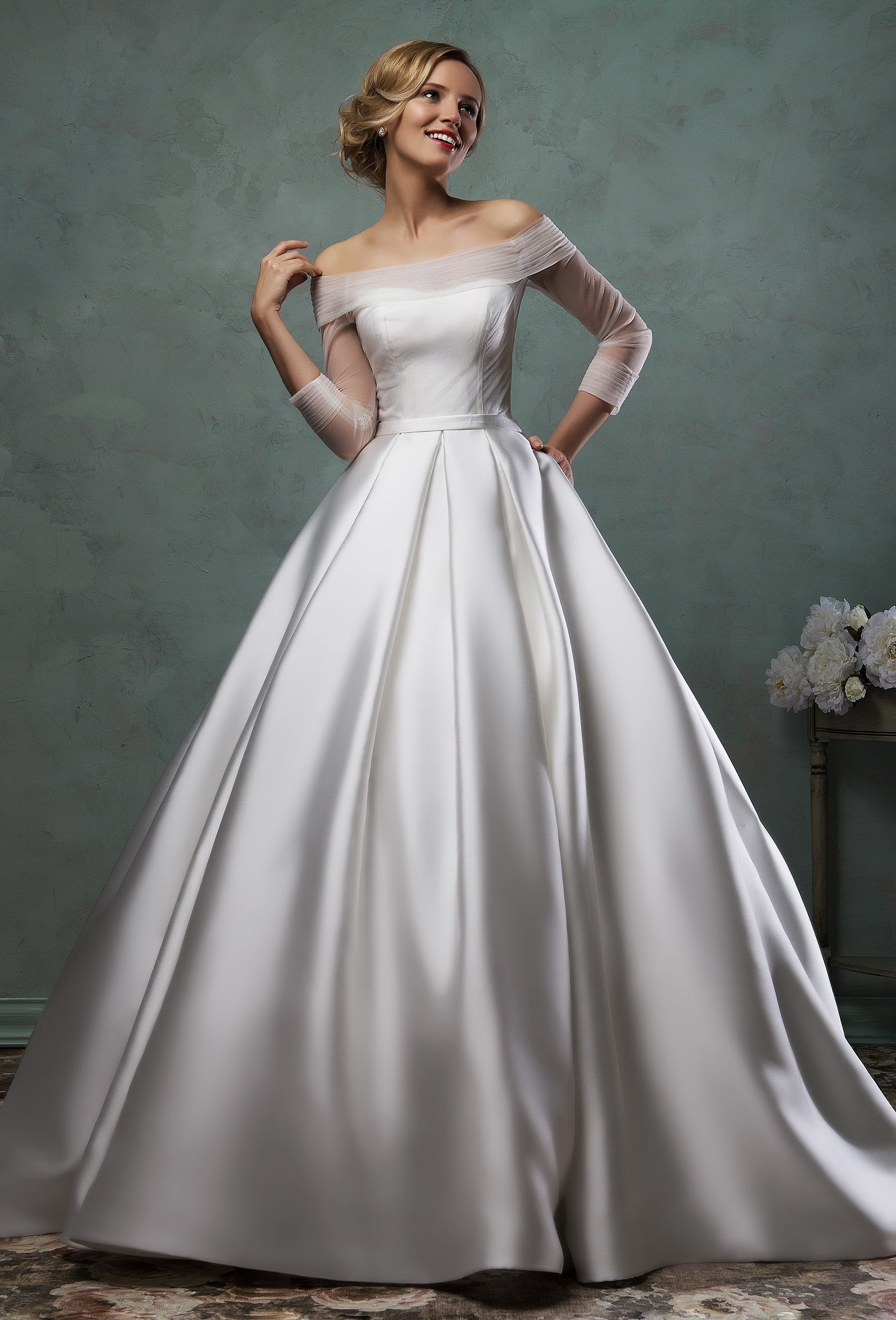
Additional information! This material burns poorly, as if it were melting, and the smell is reminiscent of burnt hair.
Crepe fabric: production features
To produce, the fibers are twisted like springs, right and left at a certain interval, and then interwoven in a plain manner. The next stage of production is boiling. The knots are partially untwisted, but are held in the places of interweaving. It is easy to dye, due to which the color solutions are very diverse. The material is dense, strong, wear-resistant and rough, like sand.
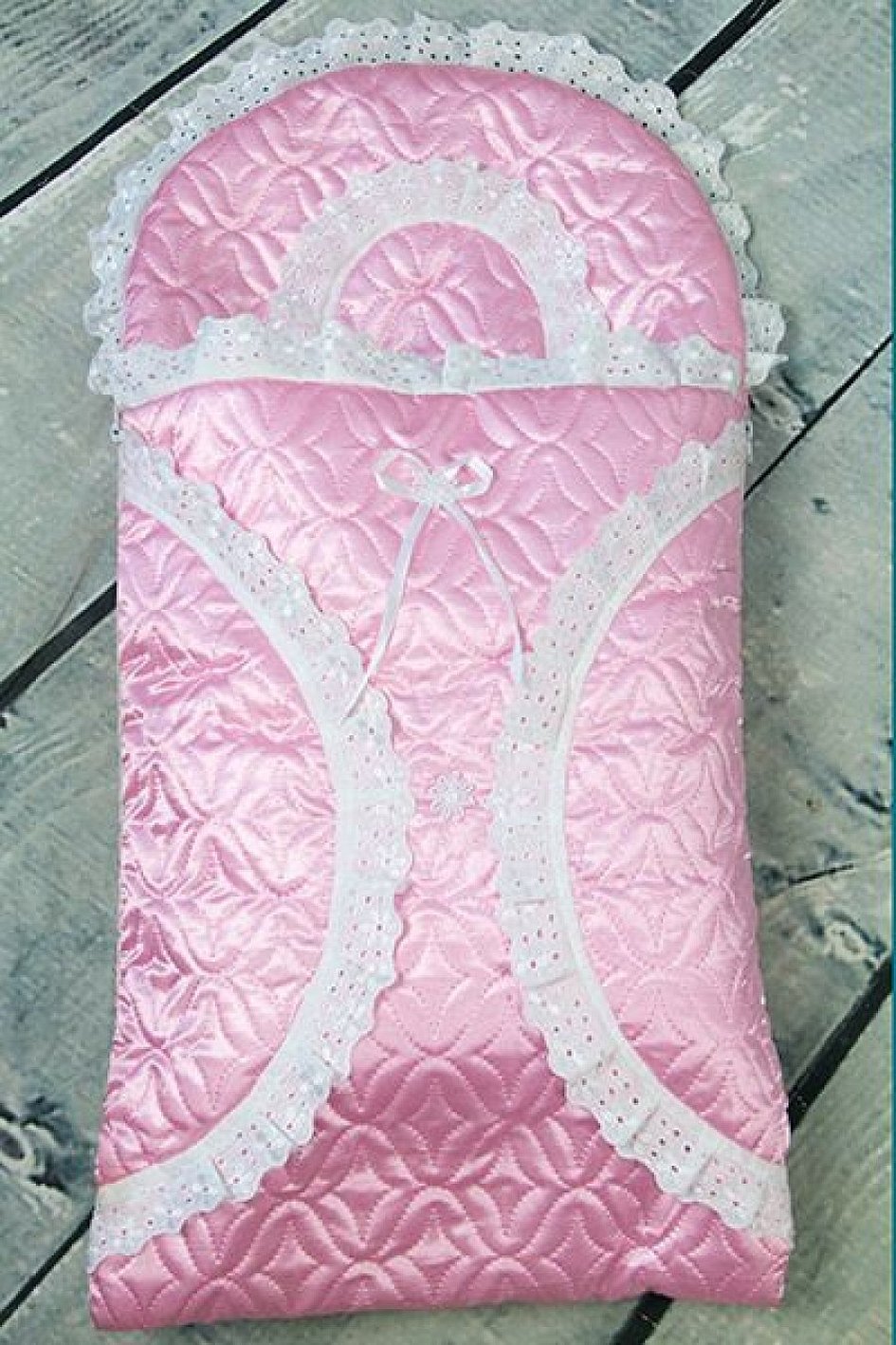
A slightly different alternation of twisted fibers forms a semi-crepe weave. This is a twist in one direction or in a chaotic order. Thus, only one half of the threads are strongly twisted, and the crepe effect is less pronounced.
To produce this fabric, both natural and artificial fibers are used: silk, viscose, synthetics, acrylic, wool and many others.
Please note! Despite the different structure of the fibers that make up the fabric, all crepe is wrinkle-resistant.
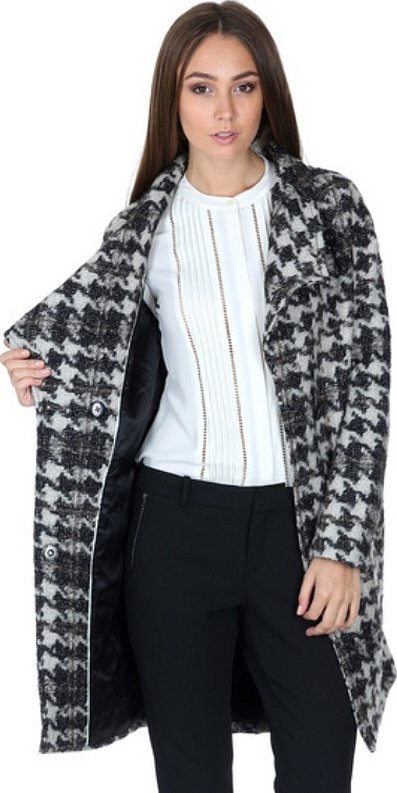
Application area of the fabric
Thanks to its practical characteristics, crepe fabric has conquered the vastness of the textile industry. Everything from baby clothes to curtains is sewn from it.
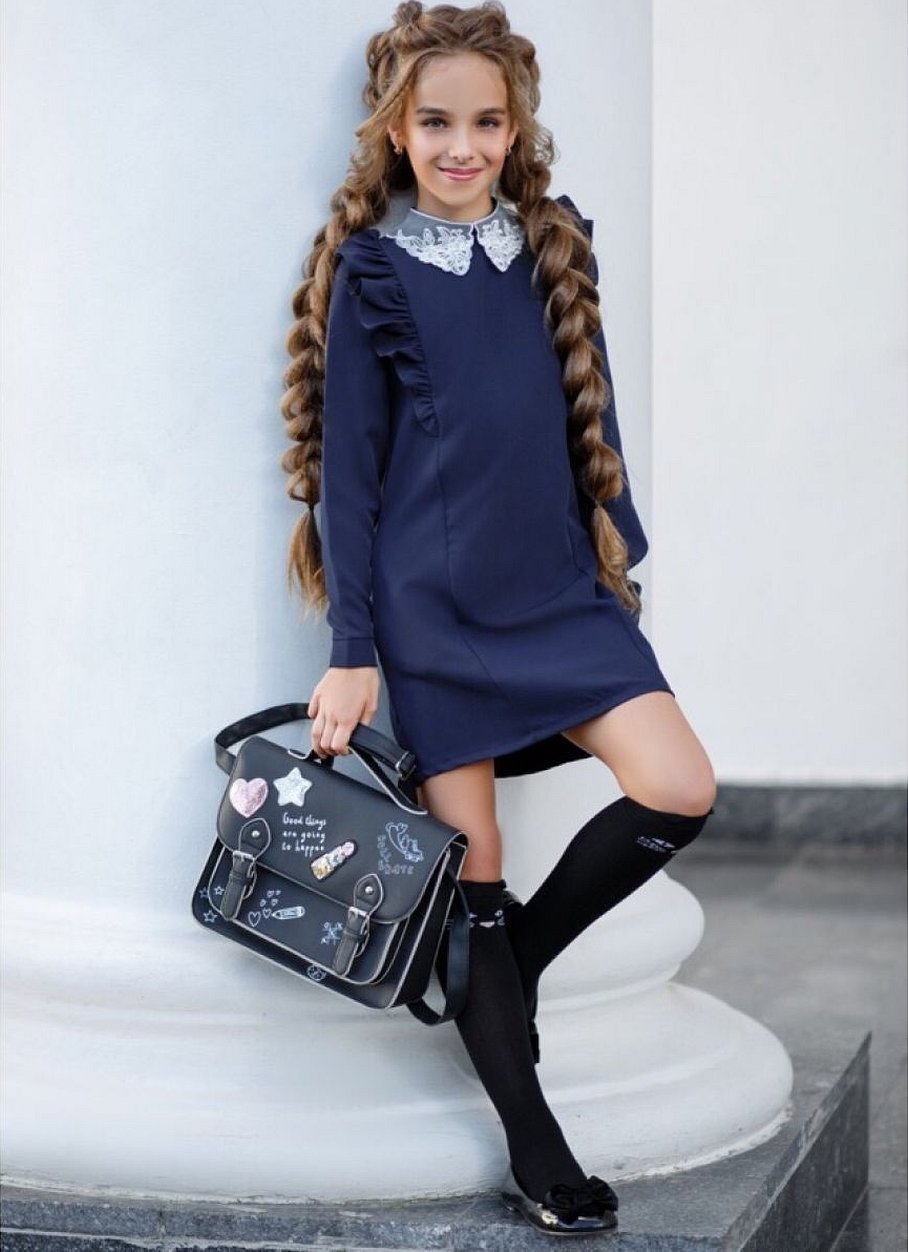
Five main categories of application can be distinguished:
- Sportswear. Diving and pound crepe is perfect for sewing leggings, tracksuits, tops, shorts. The elastic material does not restrict movement, fits the silhouette and is hygroscopic.
- Bedding. Production of high-quality bedding sets, as it is pleasant to the touch and practically does not wrinkle.
- Curtain attributes. Almost transparent crepe organza is used for sewing tulle, georgette - for curtains and drapes. Breathable and protects from direct sunlight.
- Classic style suits. Such items look impeccable even after many years of wearing, following the rules of care.
- Women's clothing. Knitted, viscose, chiffon crepe, crepe and diving are widely used for sewing women's clothing. All kinds of dresses, sarafans, dressing gowns, dance costumes, airy blouses and tight skirts do not lose their attractiveness and shine with the passage of time.
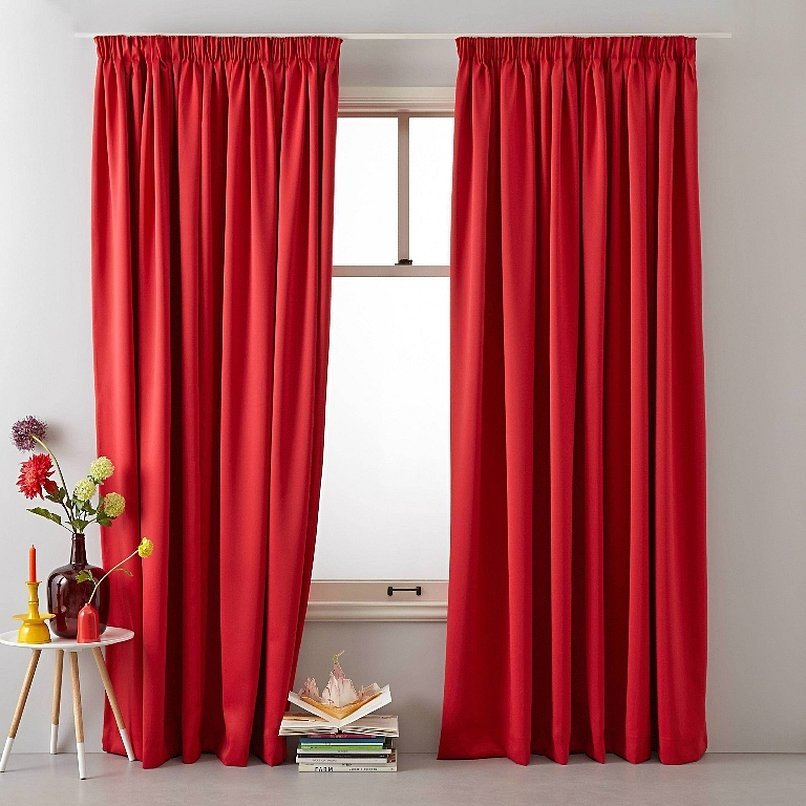
Description of advantages and disadvantages
Like all types of fabrics, crepe has a certain number of advantages and disadvantages. It is pleasing that there are many more advantages. It can be used in various areas of life, it looks festive when decorating celebrations, candy bars, photo zones.
Advantages:
- Dense and strong material, wear-resistant;
- Has hypoallergenic properties;
- Long-term wear of products without losing their original appearance;
- Drapes well, holds its shape;
- Does not wrinkle;
- Air permeability;
- Repels moisture and dust.
Please note! Crepe products should not be allowed to dry near heat sources or in direct sunlight.
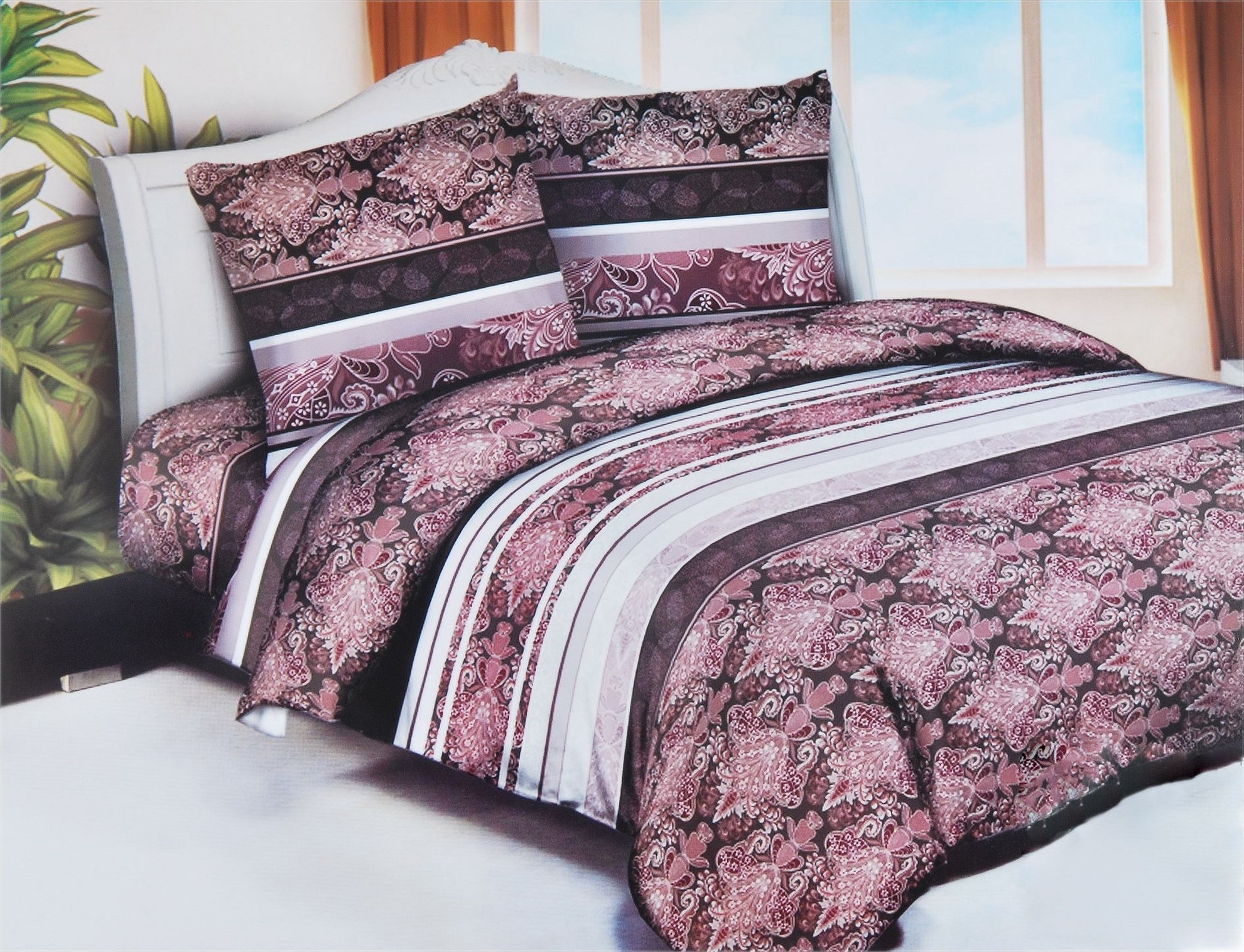
Flaws:
- Shrinkage during sewing, the material must be purchased accordingly with a reserve, and ironed before cutting;
- Inelastic, generally does not stretch well;
- Sensitive to weather conditions;
- Absorbs odors;
- Relatively high price, as it is a natural fabric.
Important! Items are subject to shrinkage when washed in hot water.
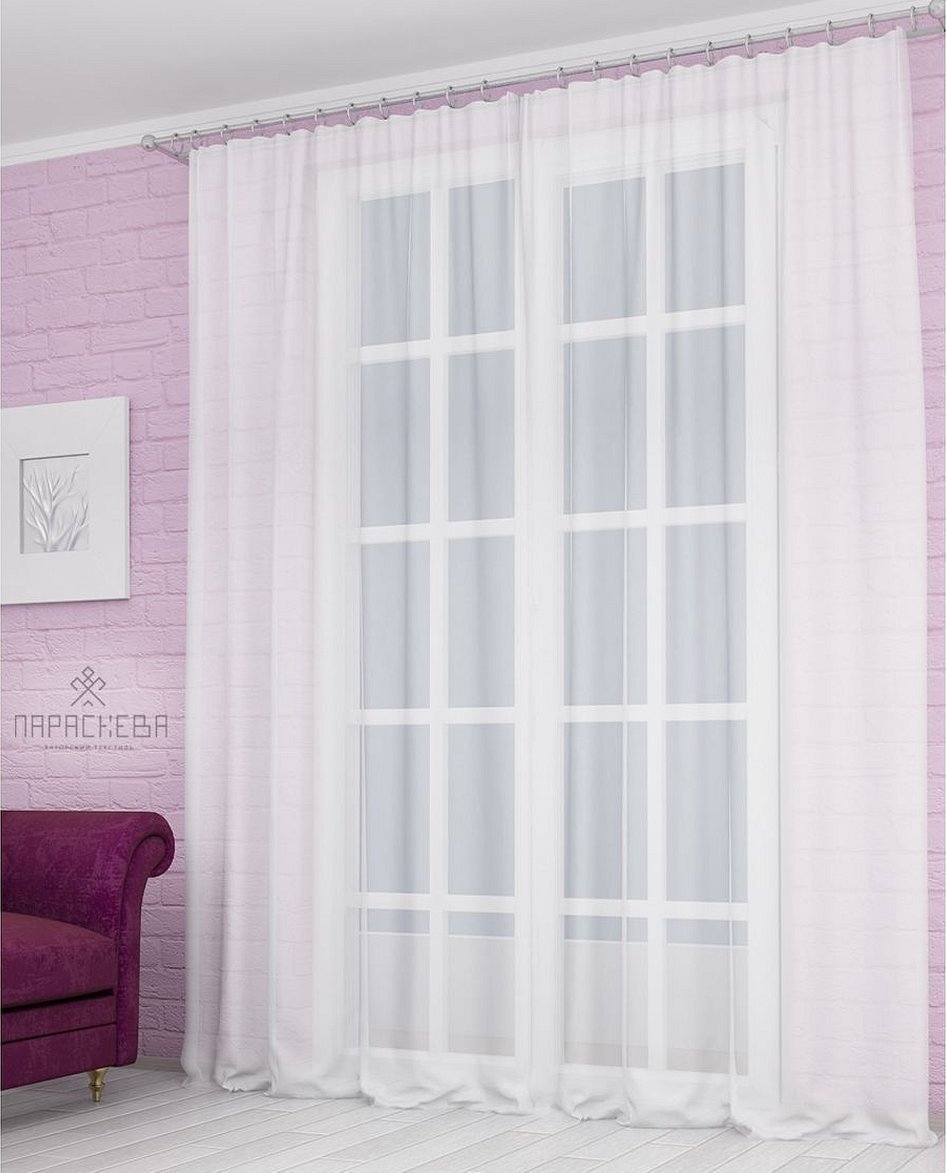
What is sewn from suit crepe?
Crepe suit - what kind of fabric is it? Is there a fabric for creating casual, elegant looks? Yes, it does. Interesting casual and elegant suits are sewn from this fabric. These are dresses, women's and men's suits, school uniforms.
This fabric is dense, elastic, wrinkle-resistant, it is almost impossible to catch "snags" with it, it can perfectly hold the crease on trousers, without excessive ironing. Products from such fabric are perfect for those who do not like ironing.
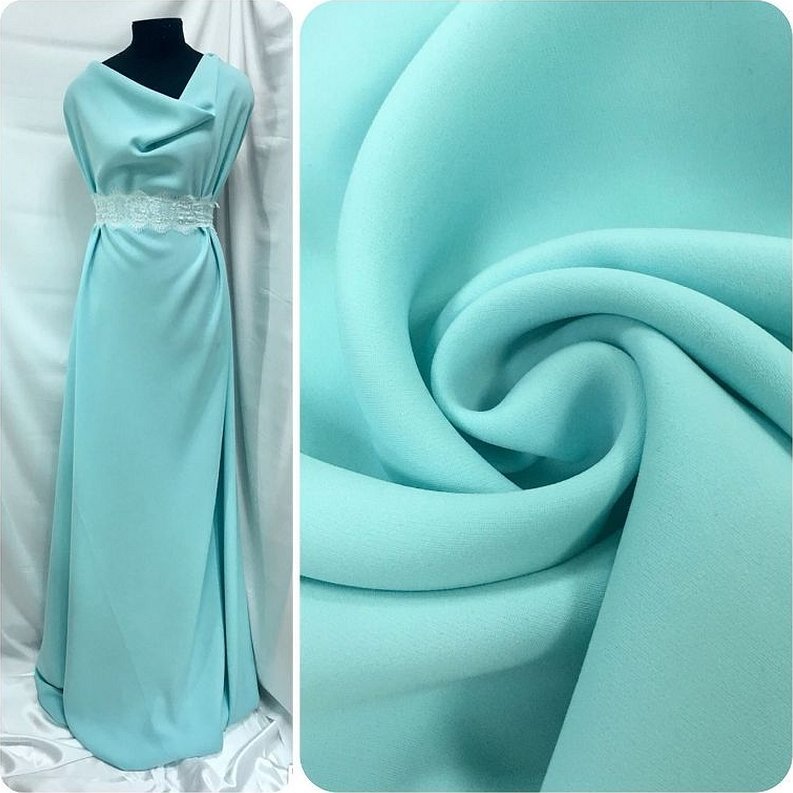
Important to know! Suit crepe is very pleasant to use on a daily basis as it repels dust and lint.
How to properly care for crepe products
In order for products made of this material to please you for a long time, you need to follow the instructions on how to properly care for them. Practical recommendations will significantly reduce the time spent on caring for textiles, preserve their beauty, original appearance and freshness. You need to carefully read the description of how to care for crepe fabric.
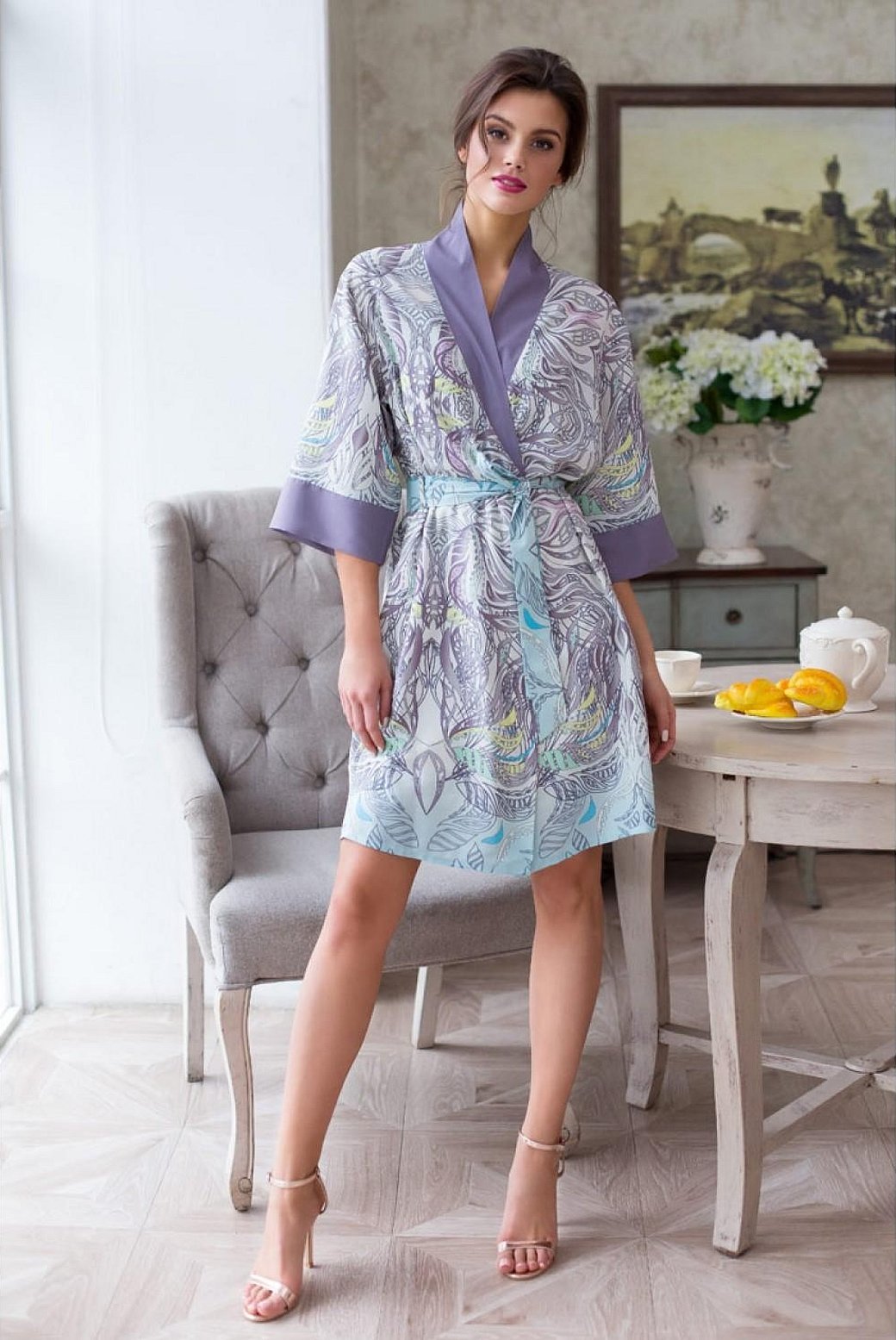
Care aspects for crepe clothing:
- Hand wash. Rinse in water no hotter than 30 degrees. To make the clothes acquire a rich color again when rinsing, you can add a little vinegar to the water.
- Do not twist.
- It is better to dry in the shade. This material does not like direct sunlight, and also away from heat sources.
- You can iron only from the reverse side, and on a slightly damp fabric.
- The iron temperature should not exceed 130 degrees.
- Items must be stored in a well-ventilated area, on hangers or in special covers.
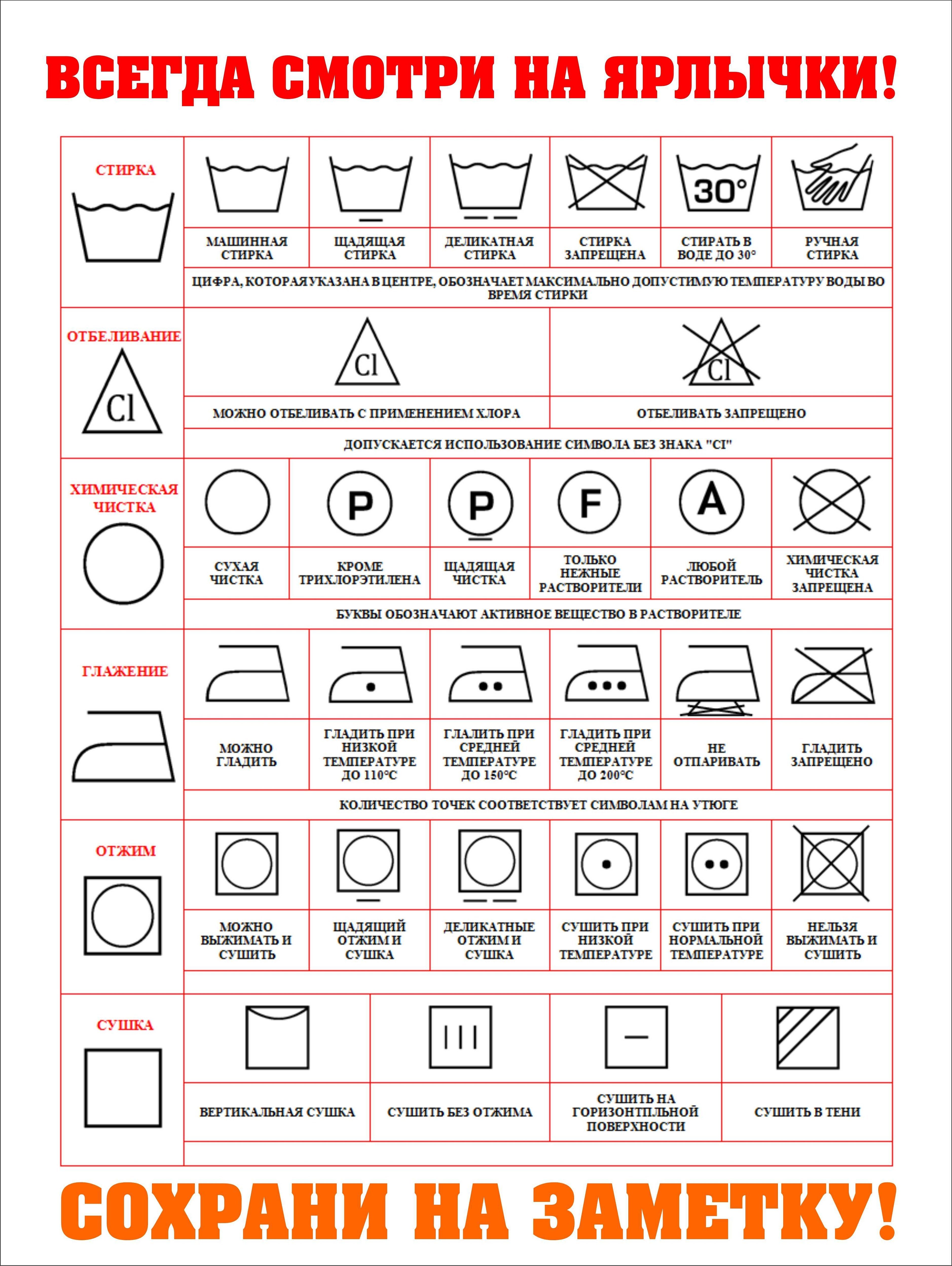
Important! For washing, you should use only mild detergents, in no case powder-like ones, they clog the structure of the fabric and are difficult to rinse out.
Crepe fabric is actively used in textile manufacturing. Crepe weaves of the fabric give strength, softness, lightness and majestic beauty. Many designers and fashion designers use this noble material to create their collections.
With the help of such fabric, you can create a bold, charming and memorable image, not to mention everyday clothes or textile products that a person needs constantly. Thanks to its different types, it is used in many areas. Crepe products are easy to care for, in turn, they will give comfort for many years.

